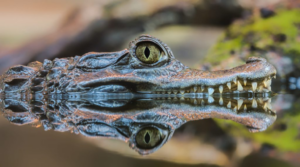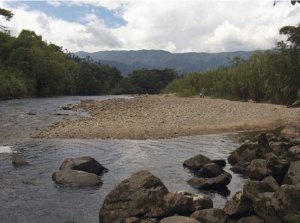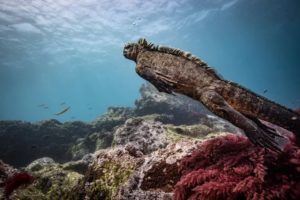Ecuador boasts the Middle of the World (Mitad del Mundo), nestled in the parish of San Antonio de Pichincha, just 14 kilometres from Quito. The Middle of the World City not only holds historical significance but offers a unique experience, allowing visitors to capture moments in both hemispheres simultaneously. Whilst there, they are able to engage in intriguing activities like balancing an egg on a nail and witnessing the Coriolis effect through water going down a sink in the northern and southern hemispheres. They also weigh a kilo less than elsewhere.
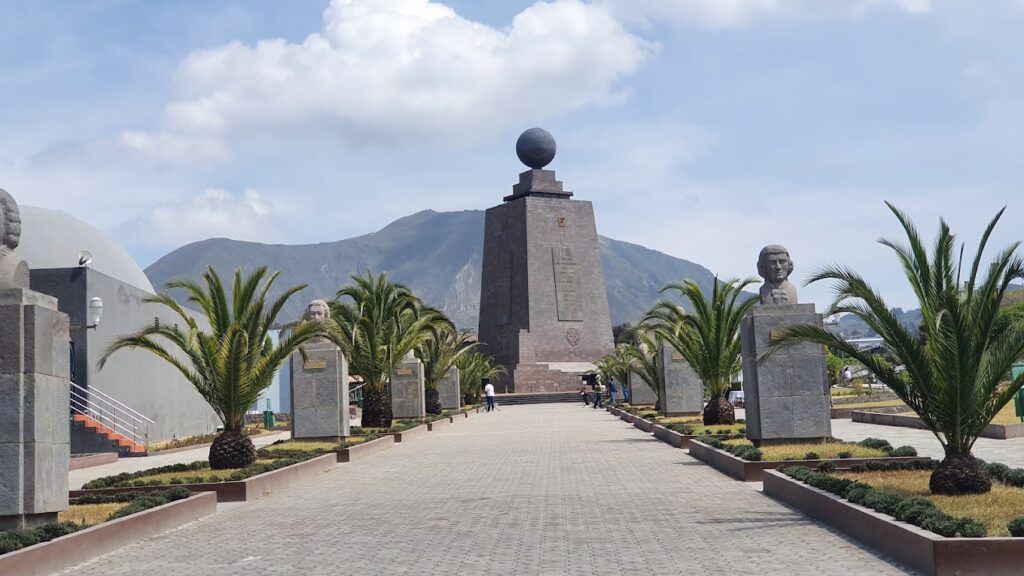
A Timeline of History
Inside the iconic Equatorial Monument, a compelling timeline unfolds, highlighting key events since the arrival of the French geodesic mission. The Middle of the World City boasts 19 captivating tourist attractions, including a state-of-the-art planetarium, museums, squares, and ancestral dwellings. Notably, it houses the country’s first planetarium with virtual reality.
Guayasamín Pavilion
Explore the Guayasamín pavilion, featuring a captivating exhibition of works by the renowned Ecuadorian painter and sculptor, Oswaldo Guayasamín. Immerse yourself in the diversity of attractions this city has to offer.
Ancestral Dwellings and Cultural Exploration
Embark on a tour of the Ciudad Mitad del Mundo, where authentic ancestral dwellings showcase objects integral to the lives, customs, and traditions of indigenous communities. Gain a tangible understanding of their heritage as you traverse through the city.
Equatorial Monument: A Symbol of Craftsmanship
The quadrangular pyramid of the Equatorial Monument is an icon of the city of Quito and the country. It was placed with its four monoliths in 1979. The central monolith is crowned by a metallic sphere that represents the earth. The globe is surrounded by a silver ribbon representing the Equator and is oriented according to the true position of the earth showing the geographic orientation of the four cardinal points. The monument stands at 30 metres tall, and is constructed with iron and cement, covered in polished andesite stone. It marks the location where the line of the equator was once believed to cross the country.
Anthropological and Ethnographic Museum
Delve into the Anthropological and Ethnographic Museum of Ecuador, situated inside the Equatorial monument. Here, discover the rich history and ethnic diversity across four regions of Ecuador: the Amazon, Sierra, Coast, and Galapagos Islands. Explore documents, maps, and records from the French Geodesic Mission.
Intiñan Solar Museum
Just 200 metres from the monument lies the Intiñan Solar Museum, built in 1989 to preserve the culture of the Lulumbamba Indians. This site museum encapsulates indigenous cosmovision and customs, offering a profound cultural experience. Its name means path of the sun (Camino del Sol) in Kichwa. Unlike the Equatorial Monument, the Intiñan Museum is located on the real Equatorial line of latitude zero degrees zero minutes and zero seconds. Visitors of the museum can witness different experiments performed on the northern and southern hemispheres.
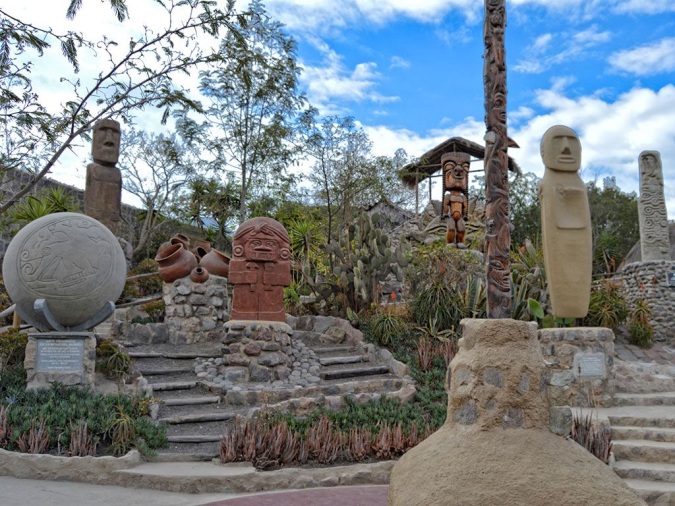
Pavilions: Showcasing Art and Culture
Four pavilions within the Middle City of the World present unique spaces dedicated to artistic expressions. From the Guayasamín Foundation Pavilion to the France Pavilion, Chiquitus Pavilion, and Ecuador Pavilion, each contributes to the vibrant cultural tapestry.
Unveiling Nature’s Majesty Through Art
The Ecuador Pavilion hosts a mesmerising photographic exhibition by Patricio Tisalema, an intrepid mountaineer with a unique perspective. With his project “The 7 Summits”, the Ambato-born mountaineer climbed the highest mountains of each continent: Kosciuzco (Oceania), Kilimanjaro (Africa), Aconcagua (South America), Denali (North America) , Elbrus (Europe), Everest (Asia) and Mount Vinson (Antarctica), compiling extensive photographic material in the process. Tisalema’s extensive work adds a touch of adventure to the Middle of the World experience.
Chiquitus Pavilion: Fun and Learning for the Little Ones
For younger visitors, the Chiquitus Pavilion offers a delightful space divided into Painting, Science, and Music areas. Stimulate creativity and learning through artistic and cultural manifestations, focussing on solstices, equinoxes, inti, groups, and indigenous people.
In conclusion, the Middle of the World City in Ecuador is not just a geographical landmark; it’s a journey through time, culture, and nature. Embrace the opportunity to stand on the Equatorial Line and immerse yourself in the richness this iconic destination has to offer.
Free Walking Tour + Middle of the World
Our travel agency in Quito has a free walking tour every day at 9:30 am. This is a good way to visit the historical center and some other places and start your adventure in Ecuador. Is not necessary to sign up for this one, just join us!
We will recommend you to bring sunscreen, rain jacket and cash (we usually make a stop for local food and the tour is based on tips). The tour is around 3 hours more or less in total.
We also offer a shuttle to Mitad del Mundo every day at 2:15 pm, you can do it after the walking tour and the price of $10 pp round trip transportation. We go to the Intiñan museum ($5 entrance fee) where you can enjoy a guided tour.

